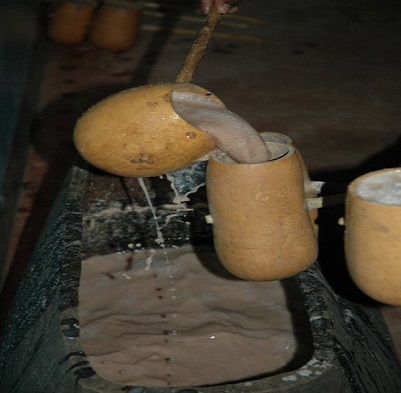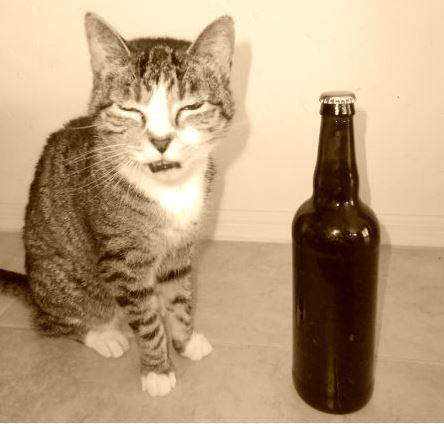
Have you ever sniffed a beer and could swear you detected that unmistakably pungent aroma of cat pee?
How about butter? Or maybe you’ve tasted something metallic in your beer half-expecting to find a rusty penny resting at the bottom of the glass?
The good news is commercial brewers aren’t actually adding butter, pennies, or cat pee into your beer.
Not yet anyways.
The other good news is that you’re not crazy.
As a matter of fact, “buttery”, “metallic”, and “catty” (a.k.a. “cat pee”) are all well-established adjectives used in evaluating beer, and all of these beer descriptors originally appeared on research chemist Dr. Morten Meilgaard’s Beer Flavor Wheel back in the late 1970s.
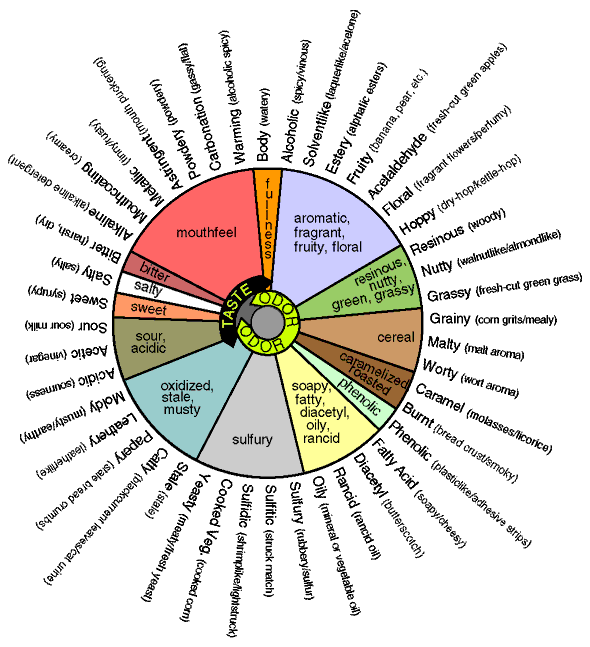
Meilgaard Wheel of Beer Descriptors
But the truth is, the more that you’re exposed to all the variety that craft beer has to offer, the more aromas and flavors you’ll come across that don’t necessarily fit neatly into Meilgaard’s wheel.
And it’s precisely at these times when you have to rely on your own sensory experience of things you’ve encountered outside the world of beer to help you better describe and relate to what’s going on with your beer. Arguably, the more experience you have smelling and tasting different things coupled with the ability to recall such sense data, the better beer evaluator you’d be.
With that in mind, here are some of my favorite beer descriptors that people have used when talking about characteristics found in beer.
Some of these beer descriptors might sound a bit unusual at first, but I’m sure at one time “cat pee” did too. [By the way, the cat pee aroma is typically associated with particular hop varieties used in brewing the beer, reportedly Citra, Simcoe, and Nelson Sauvin.]
Fruit Loops: Sometimes it pays to know your breakfast cereals. Trying to describe the aroma of Leinenkugel’s Sunset Wheat is one of those times. In some beers, you might run into a character of Grape Nuts, Wheat Chex, Rice Krispies, Honey Smacks, Kix, Apple Jacks, Raisin Bran, or Corn Flakes, but the aroma of Sunset Wheat is without a doubt Fruit Loops.
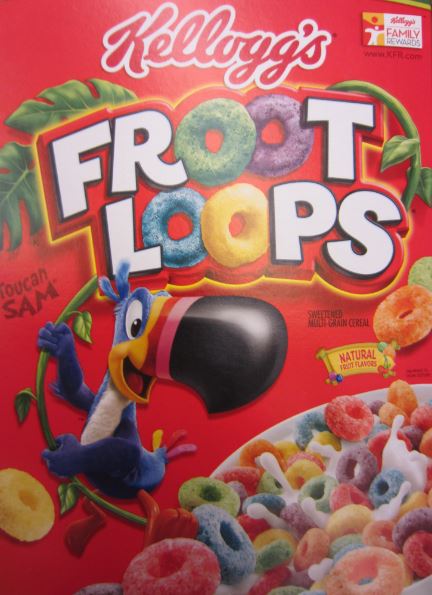
Saladito: Yes, the character of this salted dried plum “candy” popular in Mexico, but invented in China, can be found now and again in beer profiles. The last time I encountered it as a flavor component was in a 2013 bottle of Samuel Adams’ Utopias (although not nearly as salty as a saladito). Other flavor notables for that bottle were Madeira, tamarind, port, barrel, vanilla, cherry, dates, prunes, raisins, molasses, mincemeat, and at 27% ABV, of course alcohol. You might also find a bit of saladito in the flavor of a Fullers ESB.
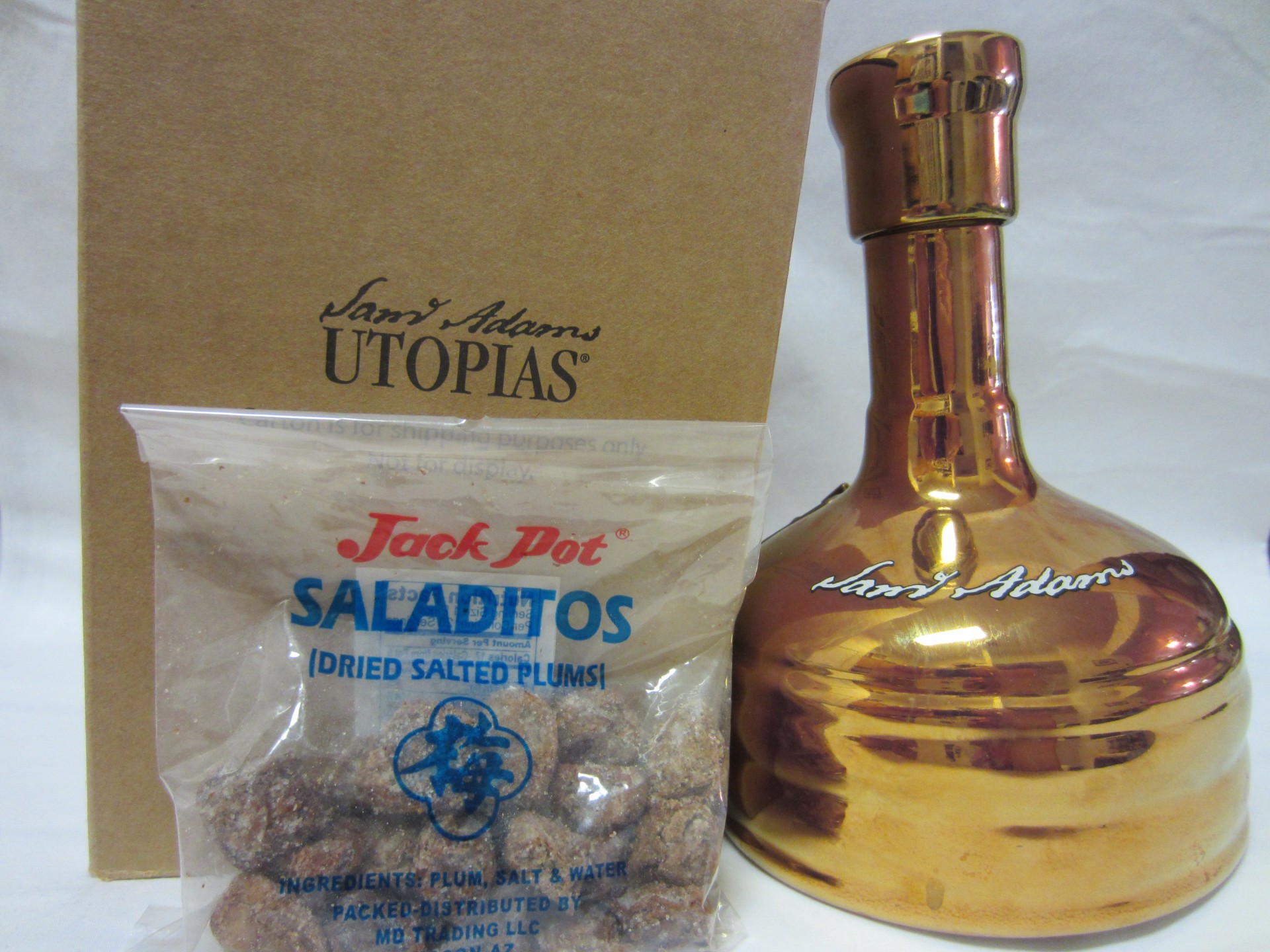
Cream Soda: Although more often a color descriptor than a typical aroma or flavor element, Innis And Gunn’s Oak Aged Beer displays a cream soda character quite well in the aroma along with butter cookies and a hint of butterscotch. You might’ve also picked up some cream soda in George Killian’s Irish Red or in Leinenkugel’s 1888.
Canned Asparagus: Probably not an aroma or flavor component the brewer is shooting for, but it’s out there. Back in July of 2007, Santa Cruz Mountain Brewing’s India Pale Ale exhibited this rather unique character in both the aroma and flavor. It’s been a while since then, so maybe the asparagus factor in that beer is a thing of the past.
Purple Crayon: Rare, but the semi-sweet, waxy, faintly papery aroma of Crayola purple crayon came up in Phoenix Ale Brewery’s version of a Bière de Garde called Keeper! (Get it… Bière de Garde means “Beer for Keeping”. Yep.) You might also sense a bit of purple crayon in Mammoth Brewing Company’s Double Nut Brown.
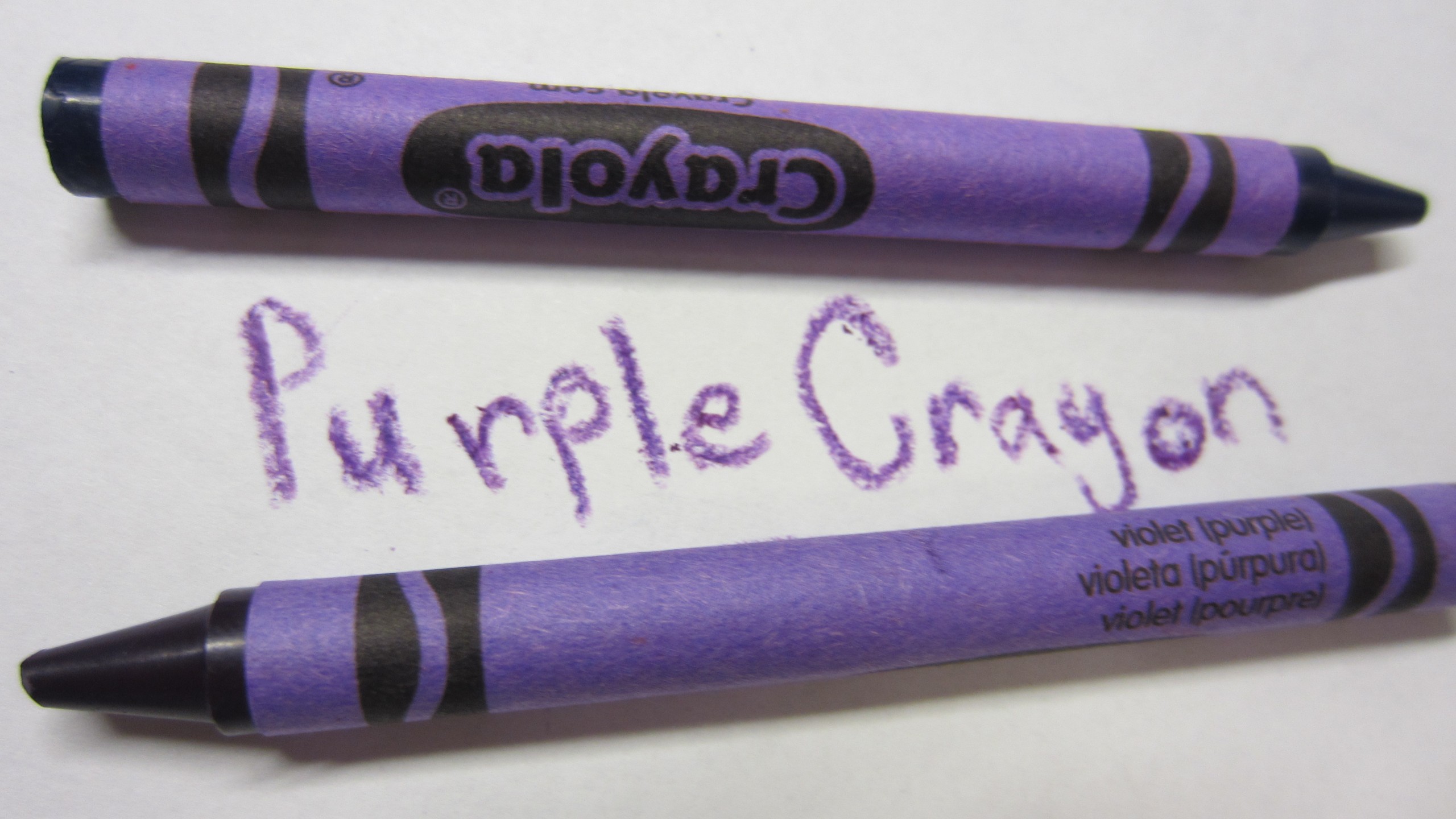
Candy Corn: Being familiar with a variety of candy will come in handy when describing beer. Notes of Pixy Stix, Smarties, Jolly Ranchers, Sweet Tarts, Wax Lips, and Juicy Fruit gum have all come up depending on the beer. Candy Corn in particular can be detected in the aroma of Newcastle’s Bombshell along with notes of butter squash and buttered Triscuit or Saltine Crackers. A hint of candy corn appeared as a flavor component in a bottle of Celis Grand Cru.
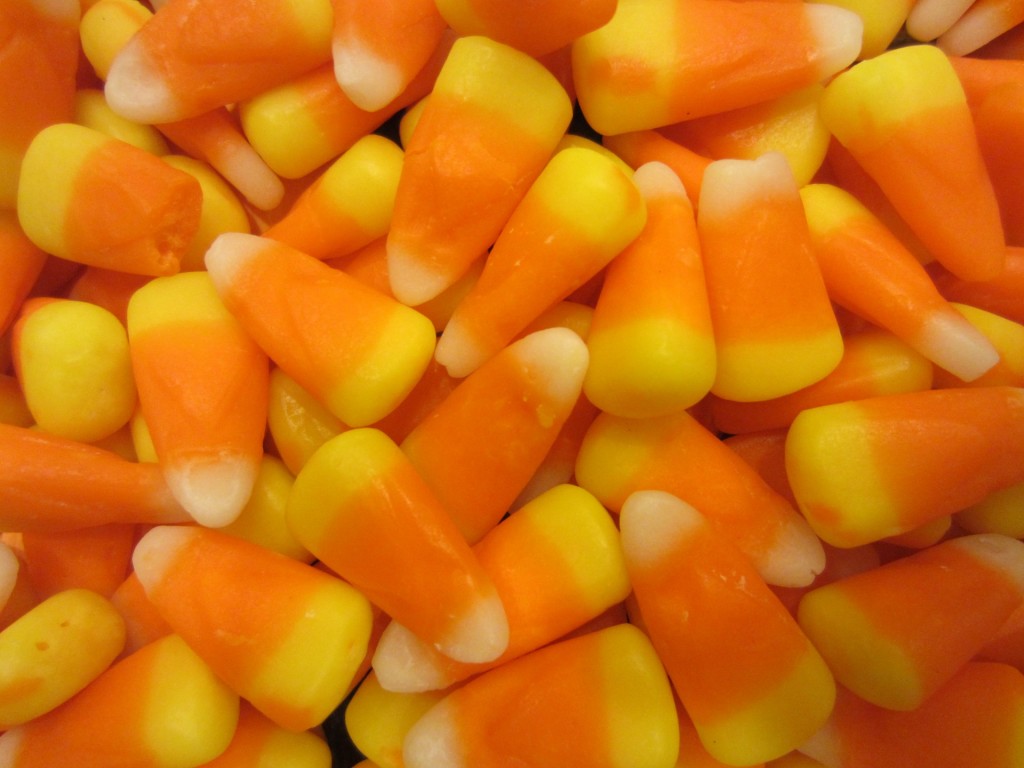
Tootsie Roll: Speaking of candy, the character of Tootsie Roll also pops up from time to time in beer. You might be able to pick it out in the aroma of Alba Scots Pine Ale (Williams Brothers Brewing), Moylan’s Celts Golden Ale, New Belgium’s 1554, or Leffe Brune. Some people have noticed Tootsie Roll in the flavor of Southern Tier’s Phin and Matt’s Extraordinary Ale.
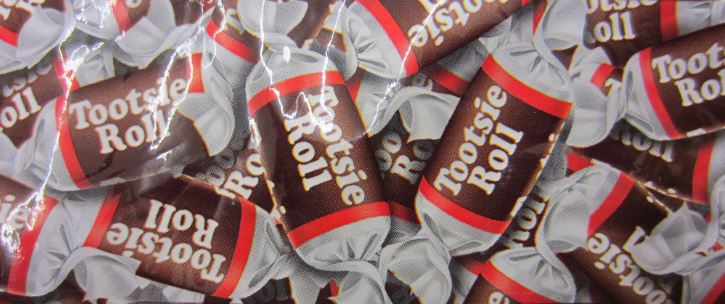
Hair in a Drain: Unless you suffer from trichophagia (the compulsive desire to eat hair), you probably don’t find the aroma of hair in your beer all too desirable. Depending on the beer, you might detect the more tolerable wet hair or “hair salon” scent, or the more intense permed hair or hot hair in a curling iron character in the nose. I won’t point out any specific commercial offenders of the hairy variety (often American wheat beers), but you’ll know it when you smell it.

Chocolate Pudding Skin: You know that thin layer that forms on the top of chocolate pudding after a while? That’s pudding skin and it’s noticeable in some chocolaty types of beer including Boulder’s Shake Chocolate Porter, or in the flavor of Shock Top’s Chocolate Wheat which also displayed a watery Yoo-hoo character— think chocolate milk where the milk was substituted out for water, like Swiss Miss or Ovaltine plus water.
Dry Dog Food: A Brazilian friend of mine came up with this quasi K9 analog of “cat pee” beer descriptor at her very first beer tasting event, so I can’t take credit for it, but it was spot-on when she pointed it out. The beer in question that evoked this seemingly impolite descriptor was from a batch of Trader Joe’s 2014 Josephs Brau Winter Brew (Doppelbock). Other people picked out brown sugar coated Spam, pine wood, paper mache, and hints of Disaronno. Give it a try; see if you get a whiff of Kibbles ‘n Bits.
Have you come across any interesting beer descriptors over the course of your beer adventures? Feel free to add a few in the comment section below!
Cheers!
Like this blartical? Well, thanks- we appreciate you!
Tweet-worthy? That would be kind of you:
Want to read more beer inspired thoughts? Come back any time, friend us on Facebook, or follow us on Twitter:
Or feel free to drop me a line at: dan@beersyndicate.com
Hi, I’m Dan: Beer Editor for BeerSyndicate.com, Beer and Drinking Blogger, Gold Medal-Winning Homebrewer, Beer Reviewer, AHA Member, Beer Judge, Beer Traveler, and Shameless Beer Promoter.










